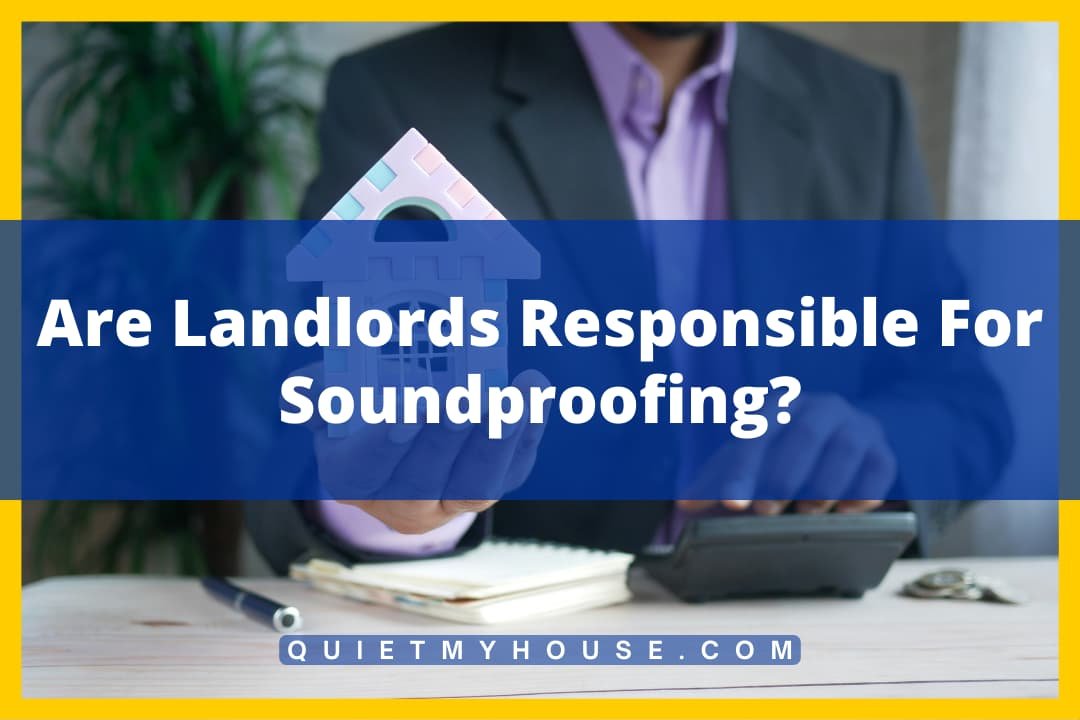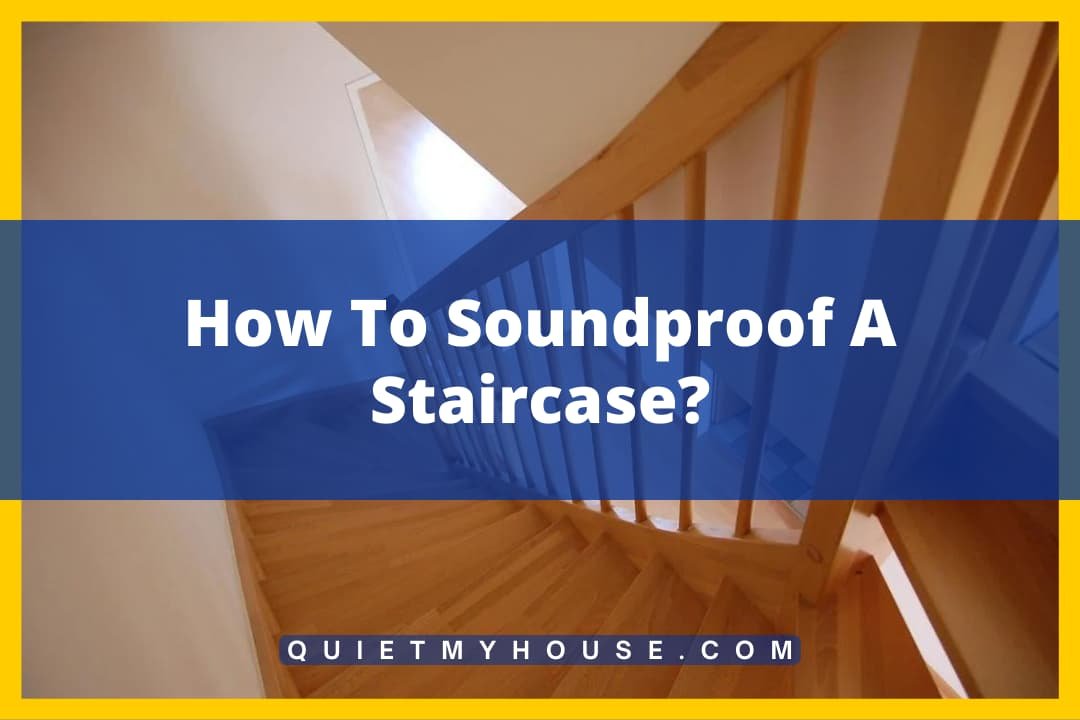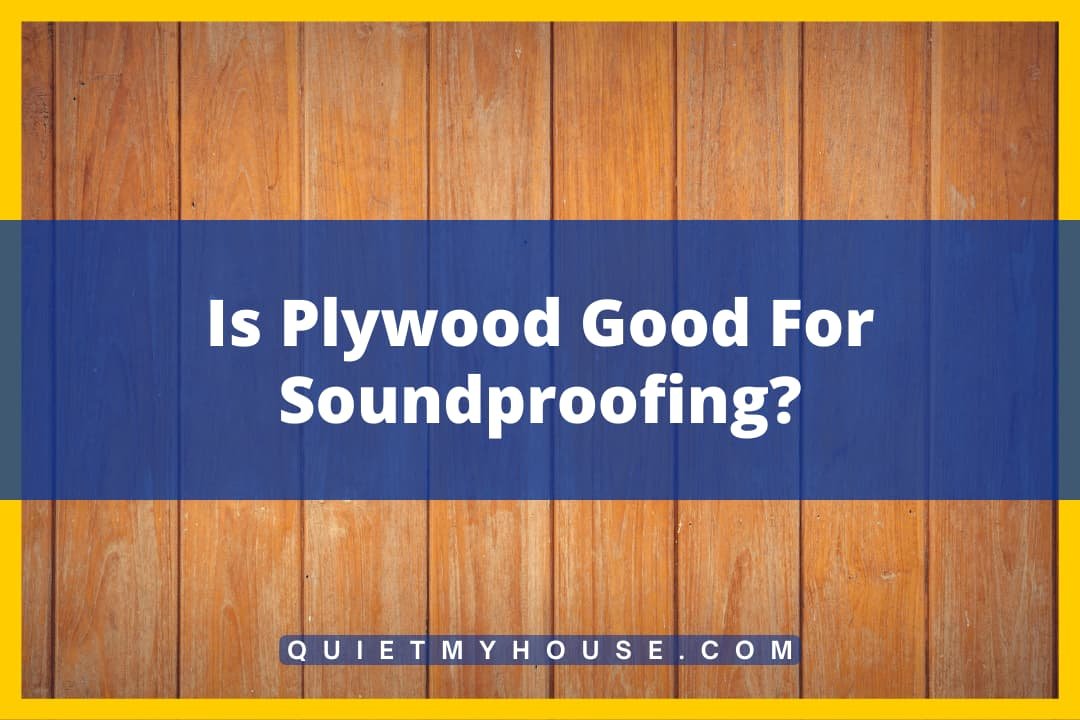Laminate floors are an extremely popular option for new and old homeowners alike. A step up from linoleum floors and classy in their style and the aesthetic it often leaves places with, plus installation isn’t all that difficult. However, it can cause an echo, so how do you stop your laminate flooring from echoing?
To stop the laminate floor from echoing, add sound-absorbing elements to a room, including rugs, picture frames, furniture, etc. Putting these in the way and not having an empty room will lessen the echo of the room and decorate the area to feel cozy and comfortable for all who reside in the space.
To find out more about what you can do to prevent your laminate flooring from causing echoes, keep reading.
Why Does Laminate Flooring Echo?
Laminate flooring echoes mostly because it is a floating type of flooring. There is usually nothing underneath the floor but the concrete, which leaves the space very open and able for the sound to bounce off not only the walls and ceiling but the floor as well.
The sound reverberates specifically off of flat surfaces and in wider areas much better than areas that have interruptions between smooth walls and then with laminate floors, it evens out and should be level on the floor.
This slight change, especially directly against the base with nothing underneath it, will make it echo much more than it otherwise would.
There are many ways to keep things from echoing an enormous amount and some are more cost-efficient than others.
Adding Something Under the Floor

The laminate flooring usually only echos if there is nothing between the basing below the laminate flooring and the floating flooring itself. That can be concrete, other wood, or any other sort of base before being worked up around for the actual structure of the house.
When it echoes, it’ll be quite loud, especially when wearing heavier shoes. Doing anything that generates noise will echo awfully, and if a home has a kid or kids, the noise level will increase exponentially.
There are two types of things that can be placed underneath laminate flooring to eliminate and ease the effects of an echoing space. A thick underlayment could be helpful.
Although expensive, most of them will include either heating or cooling and help to prevent water damage, depending on the area and the room placement inside the house.
The other option is a thinner underlayment that has a felt-type texture and material. This can usually be found in any sort of hardware store that offers laminate flooring.
These typically run pricing according to sizing. Amazon has 360 square feet round out to between $150 and $200. These underlayment options can be cut to size.
Adding Something On Top of the Floor

The other option if putting something underneath the laminate flooring is not an option is adding things on top of the flooring to help eliminate open echoing. This can be on both the floors and the walls to help with all the sound and promote sound reduction.
Thin indoor rugs will be a great benefit, they help pull the space together aesthetically and also help the sound be reduced.
Depending on the room, any sort of rug will work as it will absorb the sound of feet hitting the ground and prevent the floor from reverberating, causing an echo. This indoor rug is a great option that will prevent echoes.
A cube organizer is aesthetically pleasing and most can be vertical or horizontal as needed. Furniture will continue to help dissipate the sound better than a rug or a shag rug.
If space is limited, then choosing some more sound-absorbing elements to incorporate will help to eliminate the echoing much better. Prioritize this sound-absorbing over something that might look nice if the echoing is a huge concern.
Taking things like a bean bag, a couch, and bookshelves to break up the smooth pattern of the wall so the sound doesn’t bounce up directly onto another flat surface to echo.
The best part of having to add things on top of a laminate floor is that it gives the excuse of having to decorate to help with sound reduction.
It isn’t too difficult to keep to a budget with this in mind as it’ll be just about as cost-efficient as having something layered underneath the laminate flooring, and it’ll help the area feel much cozier and more like home.
Hanging Curtains
Glass windows can often increase echoing noises from both within the room and outside. The flat window panes are used as backboards for sound waves to bounce off of.
Choosing some curtains or drapes to cover the window can be a simple way to lower the volume of echoing in a room. Long curtains that reach the floor work especially well to keep outside noise out, and dampen the inside noises as well.
Even thin drapes or shorter curtains provide at least some relief from the echoing in a room. Curtains and drapes can also keep excess heat or light from entering through the window glass.
Placing Art and Wall Décor
Decorations and other wall hangings can significantly reduce the echo in a room. Flat and empty wall surfaces are excellent for sound waves to bounce off of, creating the echo.
Placing some canvas paintings, wall tapestries, or other hanging decorations will make it more difficult for these sound waves to bounce around the room as easily.
The best options for wall décor are to use textiles and canvas artwork. They are made of materials that absorb sound rather than simply reflect it. Placing foam panels behind artwork can also be a simple way to increase the soundproofing in a room.
When selecting artwork, it is important to remember that framed artwork with glass coverings is not the best soundproofing material to use when trying to keep a room from echoing.
The soundwaves can bounce off of the glass in the frame, not making much progress from the blank wall. Canvas art is a better option for soundproofing because the canvas wraps around the corners and edges, absorbing an optimal amount of the sound rather than increasing the echo.




